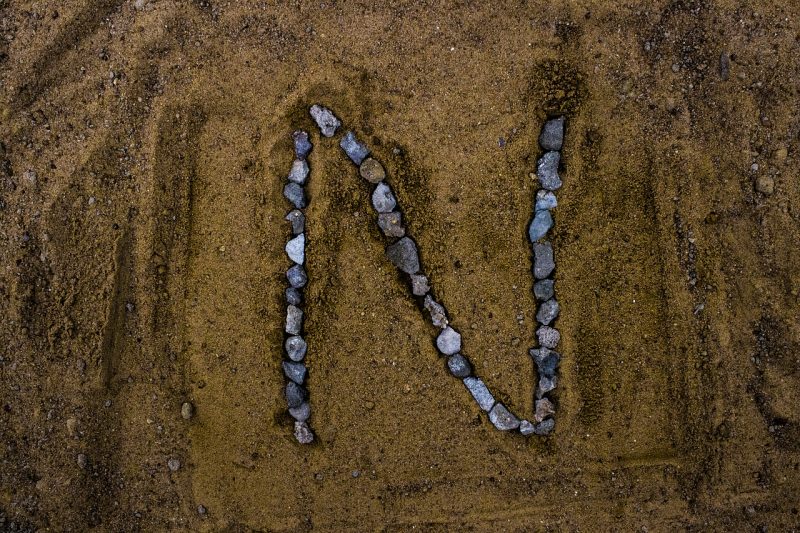Ground-to-Air Signals: Essential Rescue Signaling Codes
There are a number of techniques that you can choose to use if you are in distress in the outdoors, depending upon your location and the severity of the situation. This can include shouting for help, calling for help using your phone or taking refuge on someone else’s property. However, if you are in the wilderness and a rescue party is expected to come and retrieve you, then there is a five-symbol standard ground-to-air emergency technique to signal various critical messages to the aircraft and rescue team.
These rescue codes will first and foremost alert the rescue aircraft about your precise location along with the information of any injured personnel requiring urgent help. The five ground-to-air emergency symbols are as follows:
V: Require Assistance

Making a V shape on the ground will clearly indicate that you are in distress and that you need assistance. However, ‘V’ means that although you need assistance as soon as possible, there is no health emergency or severe injury amongst those on the ground.
X: Require Medical Assistance

You can use the code X to communicate to the rescue aircraft that you or someone in your group has been injured and is in need of urgent medical assistance. You should not be confusing the X with a V symbol since both indicate help but the message conveyed is different.
N: No or Negative

Often, depending on the individual situation, rescue personnel need to ask some specific information from you regarding the situation on the ground. Due to the elevation, it is not easy to convey the message by shouting, so you can draw a simple N on the ground to give them an answer in the negative.
Y: Yes or Affirmative

Just like N, you can use the symbol Y to answer affirmatively to the inquiry by the aircraft or the rescue organization. Be mindful of the fact that despite your urge to convey more details, a simple yes or no often suffices for the purposes of rescue.
An Arrow sign: Proceed in this direction
Place an arrow symbol on the ground, with its head pointing in the direction where you want the rescue party to be directed. More often than not, the arrow will come second or third during your communication with the rescue aircraft. They may need you to direct them to your base where other members of your group are taking refuge, or a safe location to land a helicopter to airlift you out of the wilderness. Be as specific as you can, as every minute in the air is crucial and if you hurriedly point them in the wrong direction it will cost the emergency team time and resources to come back to the actual location.
Other important tips to remember

Try to control the desire to express excitement and joy once you see a rescue helicopter. Keep focused, and use the five-symbol signal system to communicate your location and condition as clearly as possible to ensure a safe rescue. Also, keep in mind the following points while communicating with the rescue crew:
- Always choose an open and preferably large area to signal your message via symbols.
- Select the highest and flattest terrain to place your symbol, even if it’s a little distance from your location, as you can always direct them to your refuge using the arrow symbol.
- Be mindful of the color of the terrain, and use contrasting objects to convey your message – this will make things easier for the crew to correctly identify the code.
- Make the symbols as big as possible, in as little time as possible. Use rocks, sticks or other debris to write clearly and make sure its big enough and thick enough and is readable from a considerable height.
If you have any comments then please drop us a message on our Outdoor Revival Facebook page
If you have a good story to tell or blog let us know about it on our FB page, we’re also happy for article or review submissions, we’d love to hear from you.
We live in a beautiful world, get out there and enjoy it.
Outdoor Revival – Reconnecting us all with the Outdoors.





